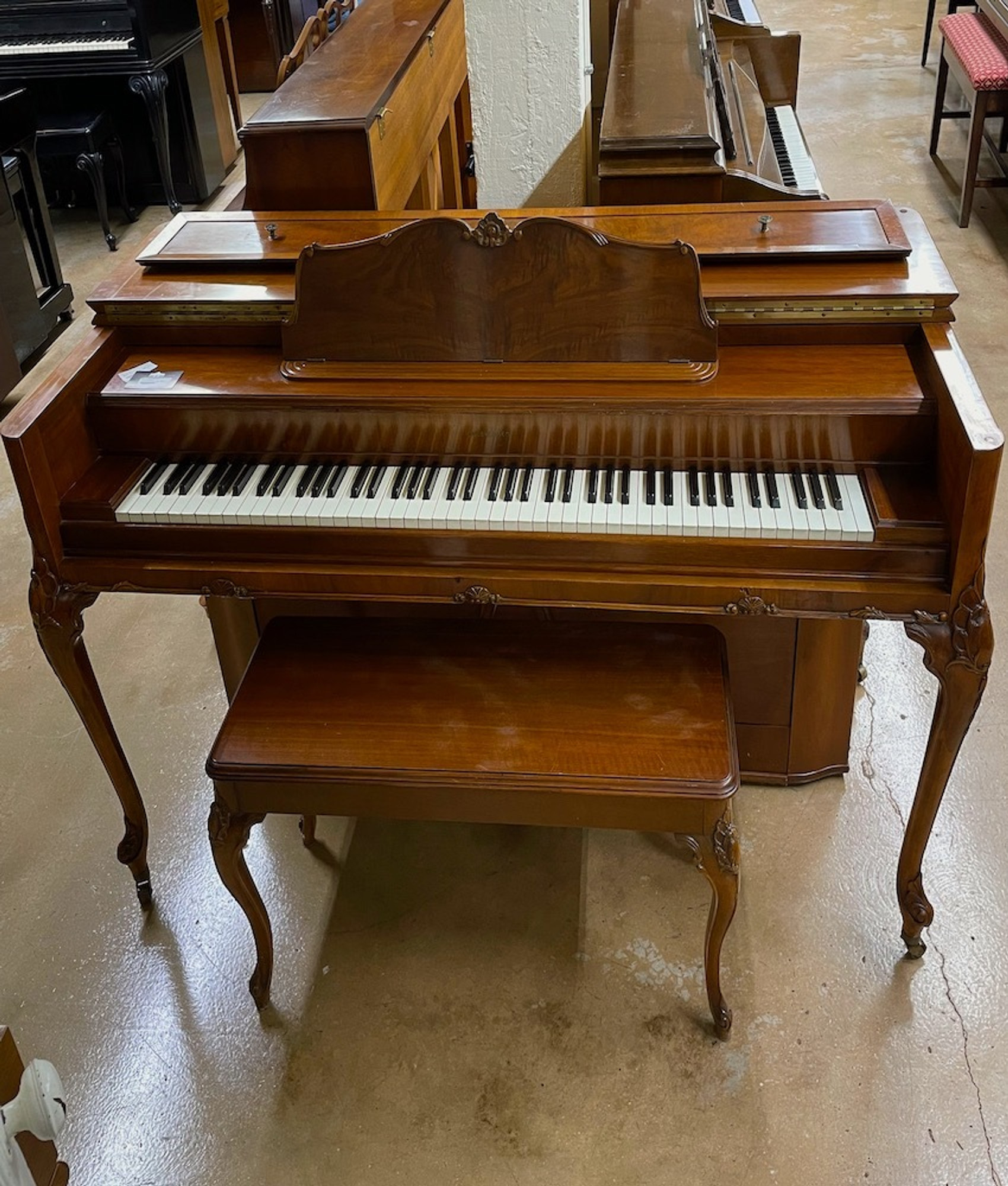
The Man From Manitobaĭavid Colin Rockola (sometimes recorded as David “Cullen” Rockola) was born in Virden, Manitoba, Canada in 1897. And those early days tell a tale every bit as sorted and dramatic as any rock anthem or country ballad you could pay a nickel to listen to. dates back long before than that, however.

The actual production era of the original Rock-Ola MFG Co. Most of the focus is on re-creating the bubble-style, bright-colored, arched boxes of the ‘50s and ‘60s. The connection to early rock music has helped keep the brand name alive among nostalgic collectors well into the modern day, as Rock-Ola jukeboxes are still being produced in Torrance, California, by the Antique Apparatus Co., which purchased the name and patents in 1992. Either way, Rock-Ola and Rock n’ Roll were intrinsically and permanently linked from that point forward. Another theory-of the more conspiratorial variety-claims that Freed picked up the phrase less through inspiration, and more through financial encouragement from Rockola himself. In fact, many historians believe that the popularity of Rockola jukeboxes (one of the “big four” manufacturers of the period along with Wurlitzer, AMI/Rowe, and crosstown rival Seeburg) directly inspired Cleveland radio DJ Alan Freed to coin the term “rock n’ roll” in the early ‘50s. Aesthetically speaking, though, there is no separating a Rock-Ola jukebox like this one from the stainless steel bar stools, neon signs, and checkered terrazzo dance floors of 1950s America.

Judging by the song list still visible on our particular artifact, this wall box was retired some time in the early 1970s, just long enough to stock up on the latest hits from Tammy Wynette and Charley Pride. Each wall box was connected to the establishment’s master jukebox, so whether you paid a dime for one tune or a quarter for five, the machine would slide its corresponding 7” vinyl singles into the proper sequence, creating a proto mixtape or iTunes playlist for the teeny boppers of the Eisenhower administration. Rather than depending on your local Fonzie to punch in the right numbers on the gaudy five-foot jukebox in the corner, diner patrons could now flip through 120 song selections on a 14-inch, chrome-plated terminal right at their own table. Produced between 19, the Model 1546 Rock-Ola “Comet” Wall Box in our collection was essentially the musical remote control of the greaser era. His coin-operated sales and manufacturing business predated the rock revolution by decades, but Rockola himself-once known as the “crown prince” of Chicago’s mob-controlled slot-machine underworld-was a rebel from the start.īefore we get to the man, though, let’s have a look at the artifact. In truth-and forgive me here as I blow your mind-Rock-Ola (trademark, 1935) was merely the hyphenated, real-life surname of the company’s founder and longtime president, David C. Rock-Ola-a word that celebrates and encapsulates both the rock n’ roll explosion of the jukebox’s 1950s golden age and the historic roots of the classic “Victrola” talking machines. It’s one of the quintessential brand names of American pop culture. Made By: Rock-Ola Manufacturing Corp., 800 North Kedzie Avenue, Chicago, IL

Museum Artifact: Rock-Ola Hi-Fidelity 120 Wall Box, 1953


 0 kommentar(er)
0 kommentar(er)
